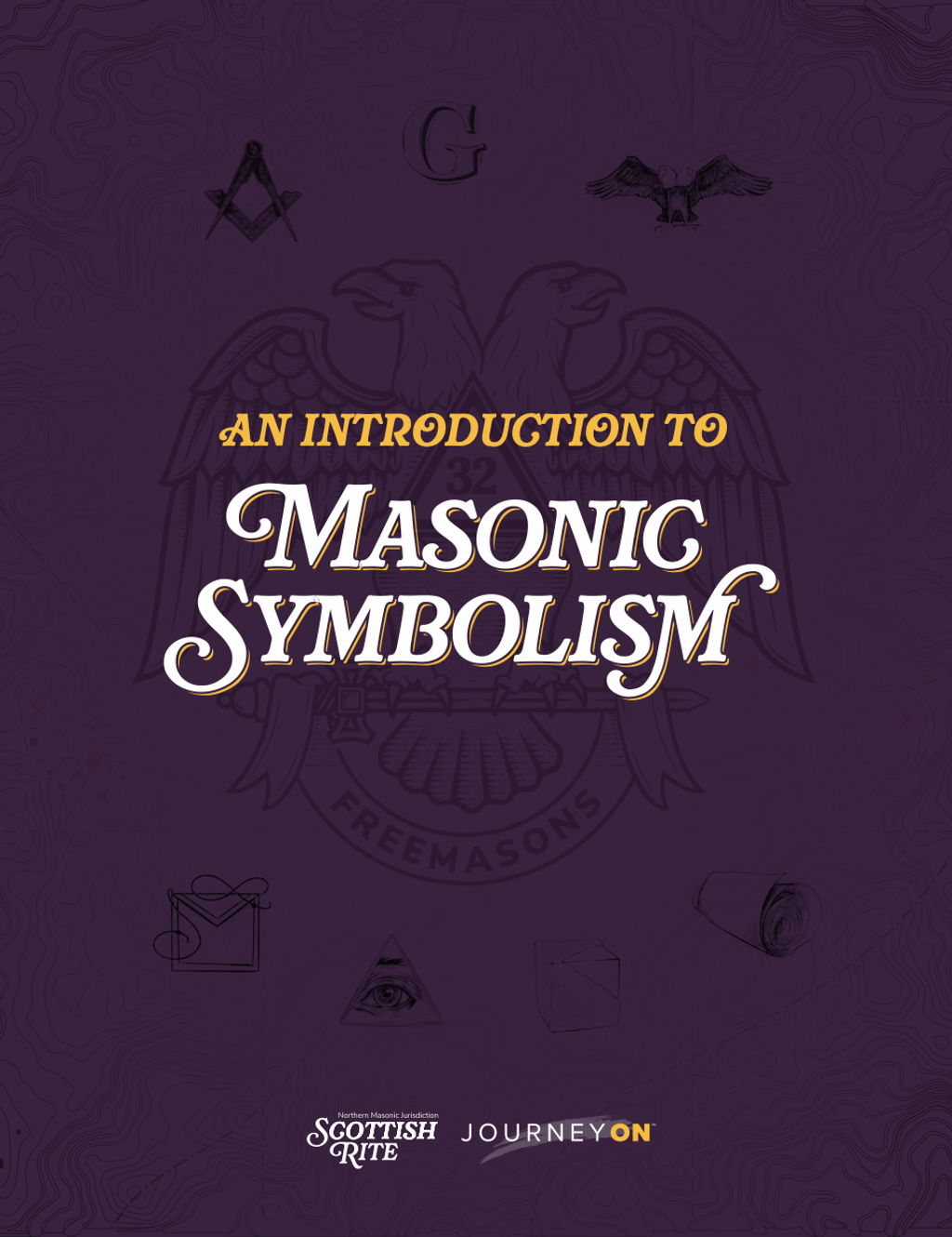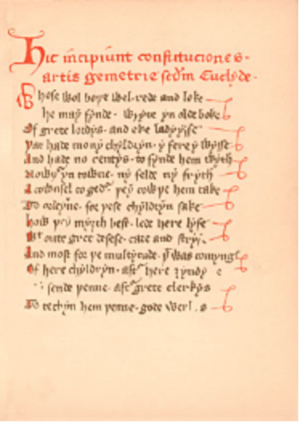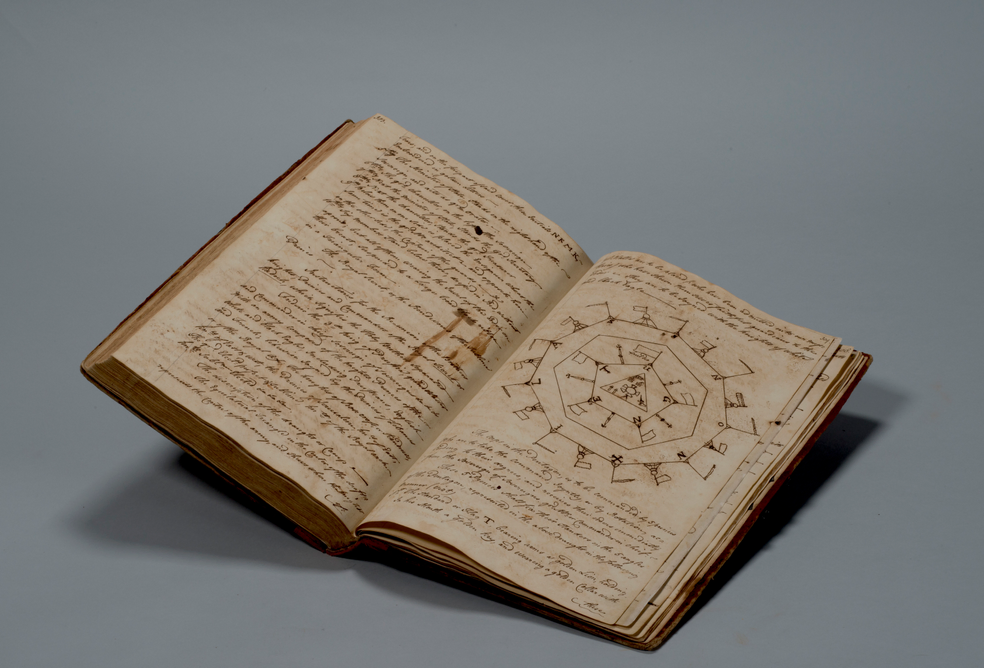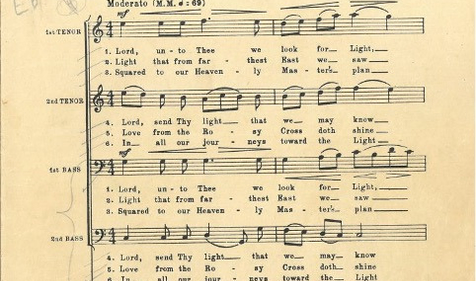"So Mote It Be" is a phrase used by Freemasons at the end of rituals that first appeared in the Regius Manuscript, also known as the Regius Poem.
Every Master Mason has encountered the ritual phrase "So Mote It Be" numerous times in the lodge. This phrase, which means "so may it be," is repeated by a group of Masons at the end of a ritual, similar to how religious congregations say "Amen" in response to a prayer's ending.
"Amen" is a Latin word derived from the Hebrew word meaning "certainly." So, when a congregation replies with "Amen" at the end of a prayer, it is saying, "So Be It." The word, which is customarily used in modern English prayers, is meant to affirm the prayer, emphasizing its truth and significance. The term "mote" is an archaic verb with roots that can be traced back to Old English. It means "may" or "might," so the phrase "So Mote It Be" literally translates to "So may it be."

Download Now
Download your Free Scottish Rite Symbolism Guide
Learn more about the many Masonic degrees that represent our Craft.

The History of “So Mote it Be”
While our fraternity is not associated with any one religion, Judeo-Christian themes and imagery are often found throughout Freemasonry, making it understandable that Masonic lodges have developed a tradition of using an affirmation at the end of a ritual. What is perhaps most intriguing about the phrase "So Mote It Be" is not its literal meaning but its centuries-old history.
The earliest known appearance of this now-famous phrase appears in the Regius Manuscript or, as some call it, the Regius Poem or Halliwell Manuscript. This fascinating artifact is the earliest known document relating to the society of stonemasons in England. This document, which historians estimate was created around 1390 AD, read: "Amen! amen! so mot hyt be! Say we so all per charyté."
Although little is known of the precise origins of the Regius Manuscript, this document contains ideas that were later adopted by the men who established Freemasonry in the early 1700s.
This ancient manuscript today resides in the city of London's famous British Museum. For Freemasons, The Regius Manuscript is as legendary a document as exists for our fraternity. The manuscript is one of the Old Charges or Gothic Constitution, which early Masons used to regulate their trade, acting as a code of professional and moral conduct.
According to the Grand Lodge of British Columbia, the Regius Manuscript is the “oldest genuine record of the Craft of Masonry known.”
How is “So Mote It Be” Used by Freemasons Today?
Today, the term “So Mote It Be” is still used to close out Masonic ritual – no Masonic meeting is opened or closed without it. In this digital age, you may also see Brothers on social media leave comments or sign their messages with “SMIB,” a short-hand version of the saying.
Interested in learning more about Masonic history? Consider reading other articles from the Scottish Rite, NMJ below:
Related Stories
Discover additional Scottish Rite blogs and news on this topic.



